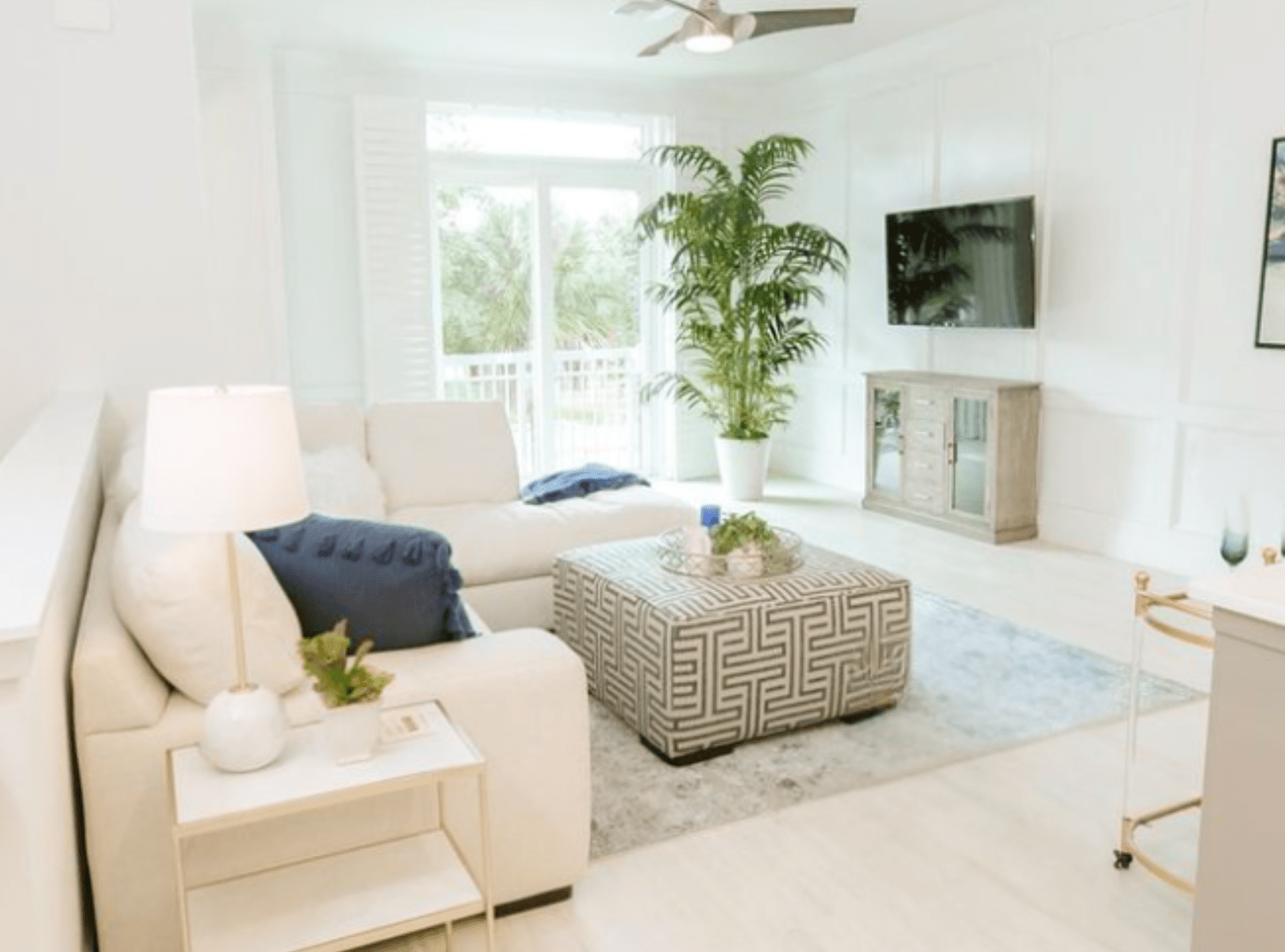
How to Transform Your Small Space with the Perfect Color Palette
Living in Florida often means embracing smaller living spaces, whether you are in a cozy coastal cottage or a chic city apartment. Maximizing these spaces to make them feel open, airy, and inviting can be a challenge, but with the right color palette, you can create a stunning and functional environment. In this blog, we will explore how to choose and use colors to transform your small space, making it look and feel more expansive.
Understanding Color and Space
Color plays a crucial role in interior design, especially in smaller spaces. The right colors can make a room feel larger, while the wrong ones can make it feel cramped and uncomfortable. Here are some key principles to consider:
- Light Colors: Light hues reflect more light, making a space feel brighter and more open. Whites, pastels, and light neutrals are excellent choices for walls, ceilings, and large pieces of furniture.
- Monochromatic Schemes: Using varying shades of a single color can create a cohesive and serene look. This approach avoids the visual clutter that contrasting colors can sometimes cause in small spaces.
- Accent Colors: Introduce pops of color through accessories like throw pillows, rugs, and artwork. These accents add interest without overwhelming the room.
- Cool Colors: Cool tones such as blues, greens, and purples tend to recede, making walls seem farther away and rooms appear larger.
Choosing the Right Palette for Your Space
Coastal Blues and Greens
Living in Florida, coastal-inspired colors can bring the beauty of the outside in. Soft blues and greens evoke the ocean and sky, creating a calming and expansive feel. Pair these with white or sandy beige for a fresh and airy look. For example, pale blue walls with white trim and light wood furniture can create a serene coastal retreat.
Neutral Tones
Neutrals are incredibly versatile and timeless. Shades of white, beige, and gray can make a small space feel open and uncluttered. Use different textures and materials to add depth and interest. For instance, a light gray sofa with a beige rug and white walls can create a sophisticated and spacious atmosphere.
Bold and Dark Accents
While it is best to keep the main color scheme light, do not be afraid to use bold or dark colors as accents. A navy-blue accent wall or dark green cabinets can add depth and character to a small space without making it feel closed in. Just balance these darker elements with plenty of light colors.
Practical Tips for Using Color
- Paint the Ceiling: A light-colored ceiling can make a room feel taller. Consider using a lighter shade of your wall color for a cohesive look.
- Limit Contrast: High contrast can break up a space and make it feel smaller. Stick to similar tones to create a more seamless look.
- Opt for Reflective Surfaces: Mirrors and glossy finishes can reflect light and make a space feel larger. Use mirrored furniture or decor strategically to enhance the sense of openness.
- Use Color to Define Areas: In an open floor plan, use color to delineate different areas. For example, a soft green in the living area and a pale yellow in the dining space can define each zone while maintaining a cohesive flow.
Bringing It All Together
Creating the perfect color palette for your small space in Florida involves understanding how color affects perception and mood. By choosing the right shades and strategically placing them, you can make your home feel more spacious and inviting. Whether you opt for coastal blues, neutral tones, or bold accents, the key is to create a harmonious balance that enhances your space’s unique character.
Ready to Transform Your Space?
I can help you choose the perfect color palette and design elements to make your small space feel larger and more inviting. Visit www.stonesdesignsllc.com and fill out our inquiry form to get started on your transformation today. Let us create a home you will love!

